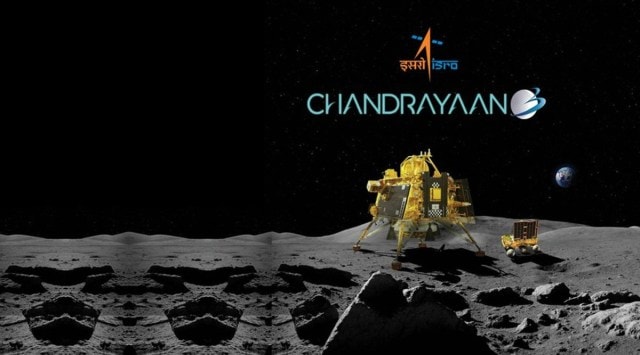IN THE UNIFORM
The uniform is an interesting device used by society
to convert a person into a role. The uniform is worn as a second skin and
serves to usurp one’s original identity. One becomes a soldier, nurse, student,
bus conductor, guard or peon by becoming less of what one originally was. Our
primary identity becomes defined by the uniform we wear. In that senses the
uniform magnifies and advertises to the world not who we are but who we have
become. Interestingly, the uniformed often get addressed by their role—a Lt
Colonel in the Army gets addressed by his title, as does a doctor, nurse or a
priest. In our imagination a colonel is no longer the description of a job, but
a summation of everything that a person represents. If fashion is nothing but
our insides worn on the outside, the uniform is our outside worn exaggeratedly
on the outside.
At a basic level, uniforms play the role of
demarcation. A group is visibly identified to the rest of us on the basis of
the role they are assigned to play. In a hospital, we instantly know who the
nurse is and in a riot, the cop. Further, they carry with them an implicit
acknowledgement of the responsibility reposed in their wearers. Uniforms
represent commitment and order; they are a form of an undertaking that the wearer
emits to all who see her. The uniformed is always on duty; the idea of work is
embedded in the attire.
The uniform usually attracts respect for it signifies
that the wearer exercises some authority. However, this respect is calibrated
on the basis of the profession that the uniform is used to signify. The
military scores over the police and the police over the private guard;
interestingly their uniforms reveal this on their own. The military uniform is
a pampered spoilt pet on which as much spit is lavished as is polish, while the
bus conductor wears a self-mocking version of the uniform that seems wrinkled
with selfdoubt. The former bristles with the knowledge of its own importance
while latter wilts under the weight of its own pretensions. Here, unlike in the
case of the Army or the police, the uniform carries no vestige of power—it is
instead an admission that one is being marked out as a provider of service,
without any significant power.
In many such cases, the uniform is worn with
deliberate slovenliness, which is as much a sign as its gleaming spit and
polish counterpart. It becomes almost an act of ironic subversion; in wearing a
shabby almost-uniform, the underclass shows its refusal to be billeted as being
owned by the institutions they represent. It serves as a tetchy sign of
independence—a flag of resistance that flies, even if at half-mast. The uniform
serves also to signify hierarchy. At a certain level, it equalises all wearers;
in fact the argument for school uniforms often comes from its ability to erase
differences in status of its wearers. However, most uniforms carry within them
an intricate system of hierarchy signalling. The military uniform is of course
the best developed on this front with an elaborate system of bands and ribbons
that connote seniority and the extent of bravery displayed.
In this sense, the uniform becomes a form of
legitimate plumage that we allow some special people to wear. The military is
the foremost among these for these are the brave few who actually risk their
lives for us. Shiny uniforms with colourful ribbons are our way of saying thank
you to these people. We ignore the irony of ‘decorating’ the tough and brave
with pretty signs of ornamentation for in the symbolic language we have agreed
to conspire upon, this passes as legitimate masculine reward. The uniform is a
minor butconcrete reward that seeks to compensate people who are asked to die
for the very abstract notion of the country.
Professions that take physical risks are the ones
where the mythology of the uniform is particularly magnified. Hindi movies
speak of the vardi as if it were an entity with an independent consciousness.
It converts one's dharma into one's karma and serves as a reminder to oneself
and others of what one is here to do.
The idea of the uniform is to separate the individual
from the roles they play. It is to impose a standard of behaviour that
corresponds with the institution that the uniform represents. The police
officer is meant to serve the public without discriminating between who it is
they are serving and to do so without seeking any personal gain. Ditto for
nurses, priests or even private security guards. However, in real life, the
power it bestows on the wearer, whether large or small is used extractively—to
extort a price from the public.
In a larger sense, uniforms are all around us. However
much we may believe that we are moving to an age of greater individuality, the
truth is that we merely trade one uniform for another. From school uniforms, we
move to the uniform of cool, which is as rigid as any other form of
regimentation (cap on backwards, for instance), and then to the corporate
uniform of suits and ties or the Friday dressing uniform of cotton shirts and
khakis.
Attempts to stand apart usually end up creating
uniforms of another kind. The jholawala archetype, so common and the ultimate
mark of rebellion in an earlier era, was nothing but a uniform that shunned the
pomp that usually accompanied it, but retained everything else. It marked one
as a member of a defined collective and set it apart from others. It might have
been more bedraggled but it was no means less conformist. The hipster look is
another uniform that signals its independence by almost slavishly following a
dress code. As long as there is uniformity in thought, the uniform is difficult
to escape.
JS Mann
Chambers, Mann School


